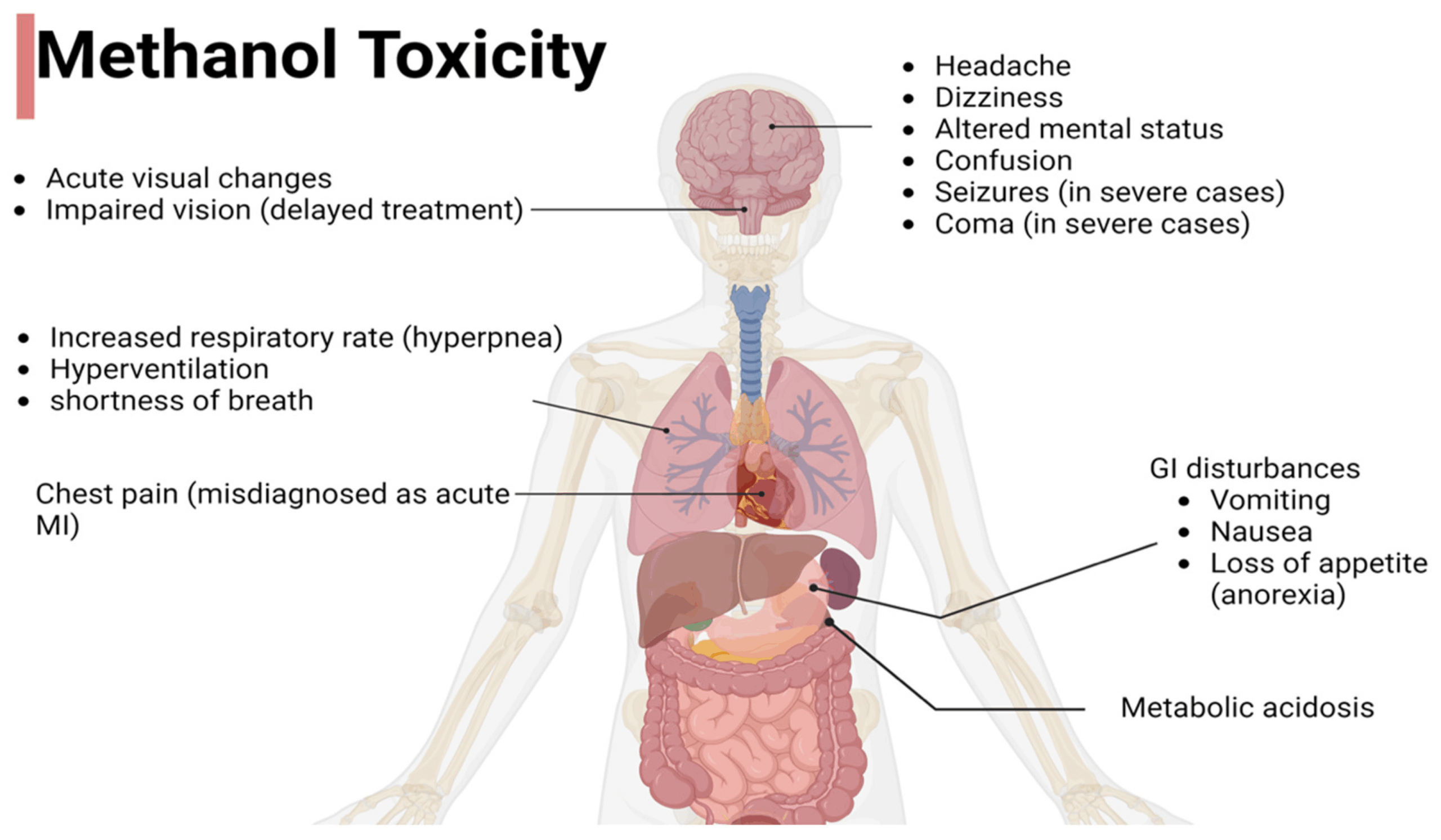Introduction
Ehlers-Danlos Syndrome (EDS) is a group of connective tissue disorders that primarily affect the skin, joints, and blood vessel walls. Its significance lies in the fact that EDS is often underdiagnosed and misunderstood, yet it affects a substantial population worldwide. Awareness of EDS is crucial for improving diagnosis and management, as the condition can lead to serious health complications and impact the quality of life of those affected.
What is Ehlers-Danlos Syndrome?
EDS is classified into several types, with symptoms ranging from hyper-flexible joints and elastic skin to more severe manifestations like cardiovascular issues. The most common forms include hypermobile EDS (hEDS) and classical EDS (cEDS), each with distinct clinical characteristics. Recent estimates suggest that approximately 1 in 5,000 people globally is affected by some form of EDS, indicating the importance of recognition and support for these individuals.
Current Research and Advancements
Recent advancements in genetic research have led to better understanding of the syndromes associated with EDS. For instance, researchers have identified gene mutations responsible for various forms of EDS, paving the way for potential genetic therapies in the future. Clinical studies are also evaluating different management strategies, with a focus on physical therapy, pain management, and lifestyle adaptations to help improve the quality of life for patients.
Challenges in Diagnosis
Despite increased awareness, many healthcare professionals still struggle with identifying EDS due to its diverse symptoms that often mimic other conditions. The lack of clear diagnostic criteria can delay proper treatment. As a result, advocacy groups and medical societies are working to establish standardized diagnostic protocols in order to enhance recognition and conceptual understanding of the syndrome across medical platforms.
Conclusion
The significance of Ehlers-Danlos Syndrome extends beyond medical diagnosis; it demands awareness, understanding, and support from both healthcare providers and the community. As research continues to progress, there is hope for improved management strategies and greater recognition of this complex disorder. For individuals affected by EDS, the ongoing dialogue and research initiatives provide support and optimism for a better quality of life. It is vital for readers to be informed about EDS, and advocate for greater recognition and treatment accessibility for those living with this condition.


